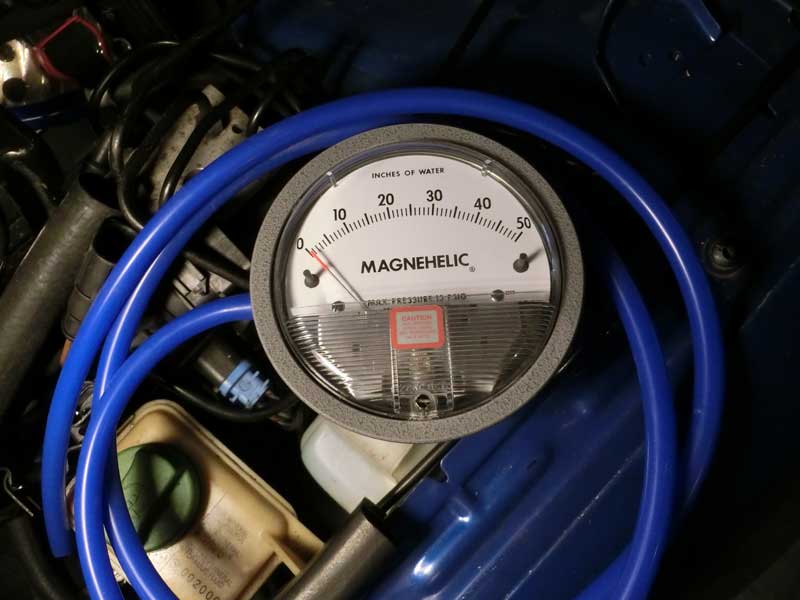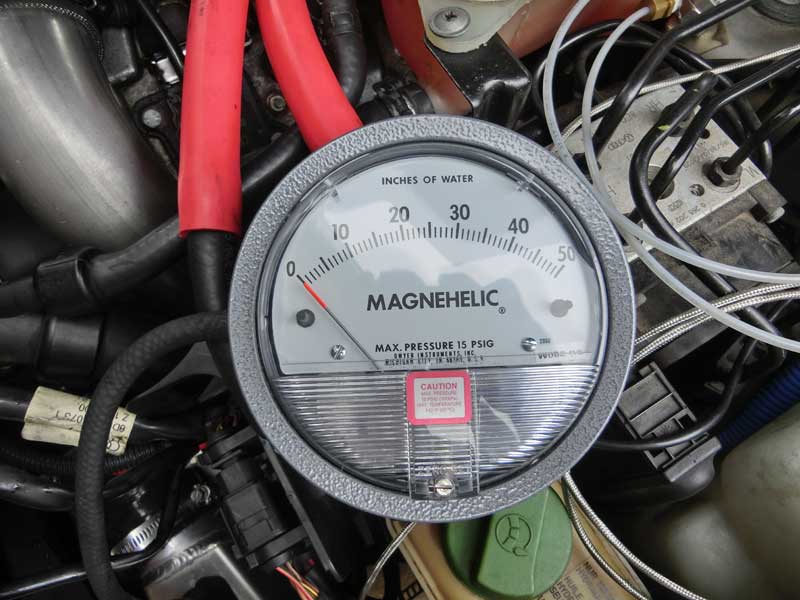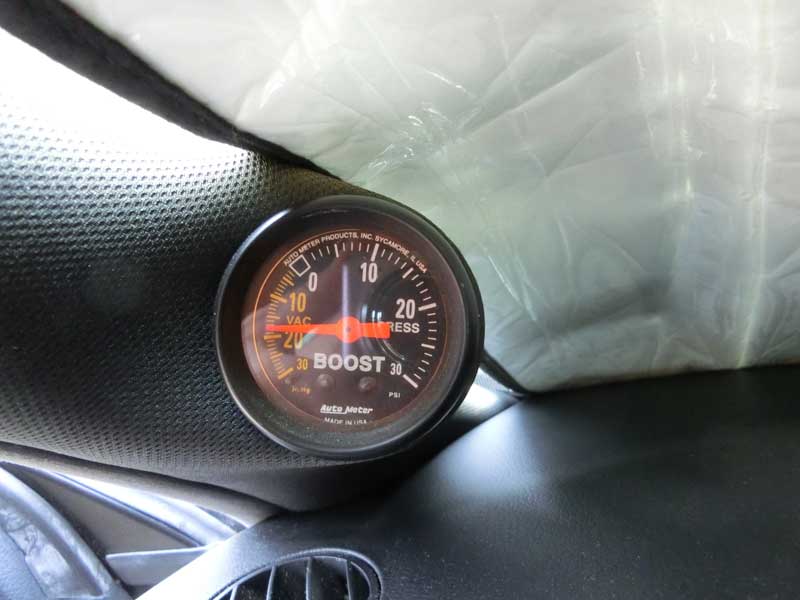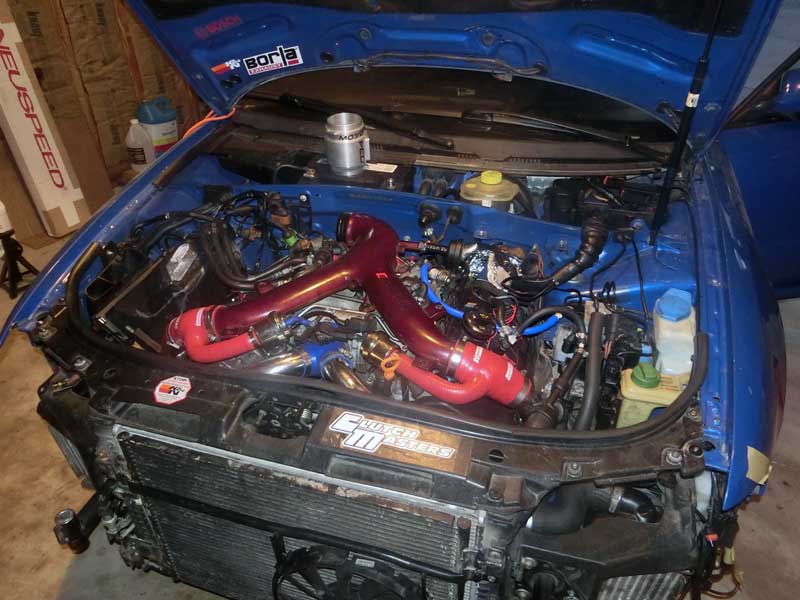Today was the day I was tentatively to have tried starting the Nogaro. I still haven’t put the exhaust together so it isn’t quite in running condition, but I had hoped to run it briefly to check on what Fault codes are still being thrown. I’m expecting the brake pad wear sensor, washer fluid level sensor, possibly O2 sensors, and probably some random misfiring or other poor running indicators resulting from the base tune not quite matching the hardware.
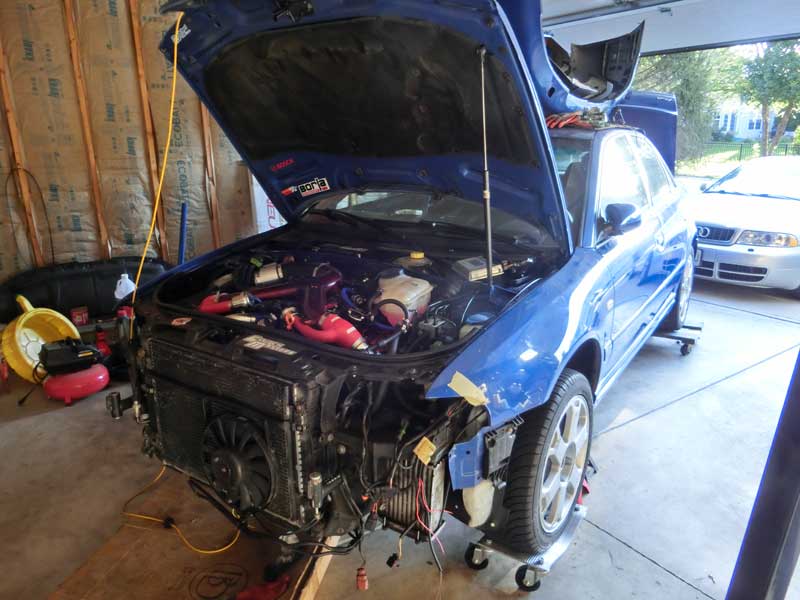
One of the issues the person I bought the car from was having was intermittent starting, which they believed may have been caused by the clutch safety switch starting to fail. They had bought a replacement switch that they gave to me, but when I got under the dash and investigated the switch I discovered that a prior owner had completely bypassed the switch, joining the two wires that normally would have attached to the switch.
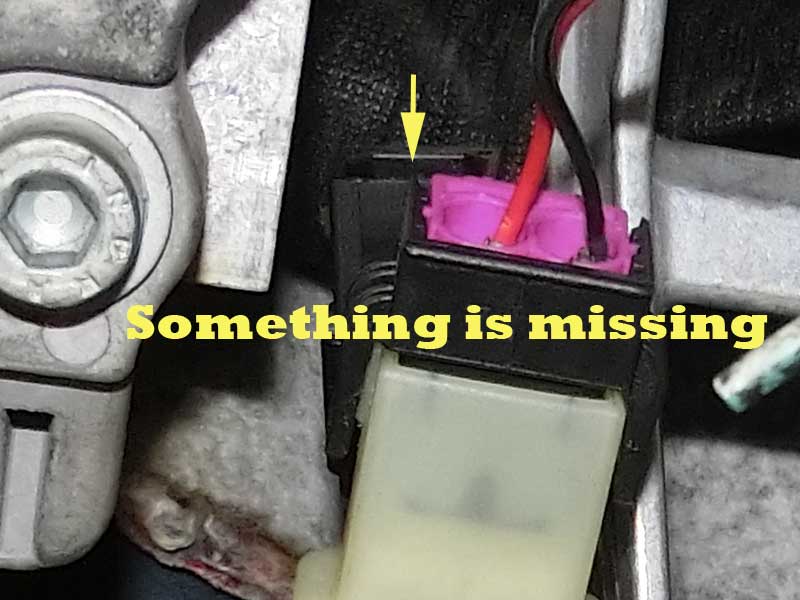
I’m anticipating I’ll be spending a bit more time under here trying to understand what the previous owners were thinking when they started splicing into various wires.
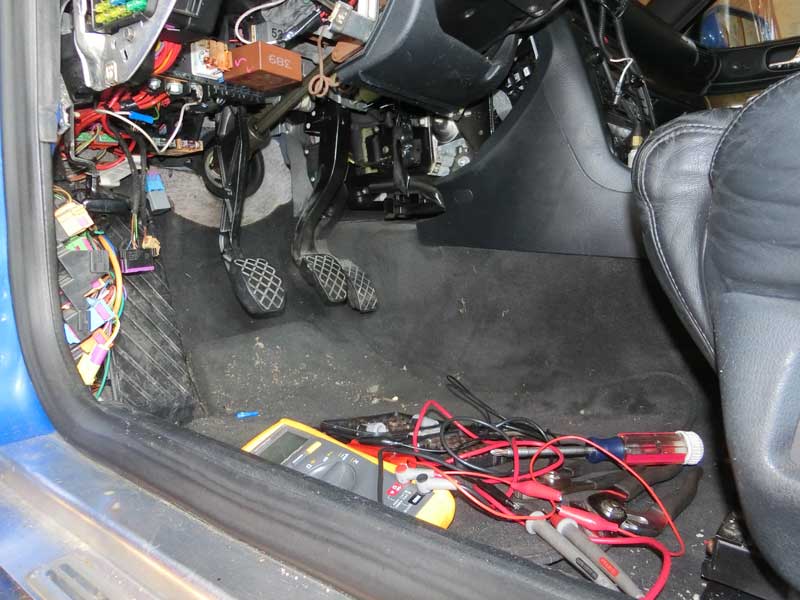
One of my first efforts here will be to relocate the boost gauge to the Podi column mount – also supplied by the seller.
Unfortunately the intermittent start issue is persisting, though for the moment it’s not intermittent, it just isn’t starting. I tried by-passing everything and having the engine turn over by connecting the starter to the battery, but even that did not succeed in turning the engine over. I’m now suspecting the starter may be the culprit.

